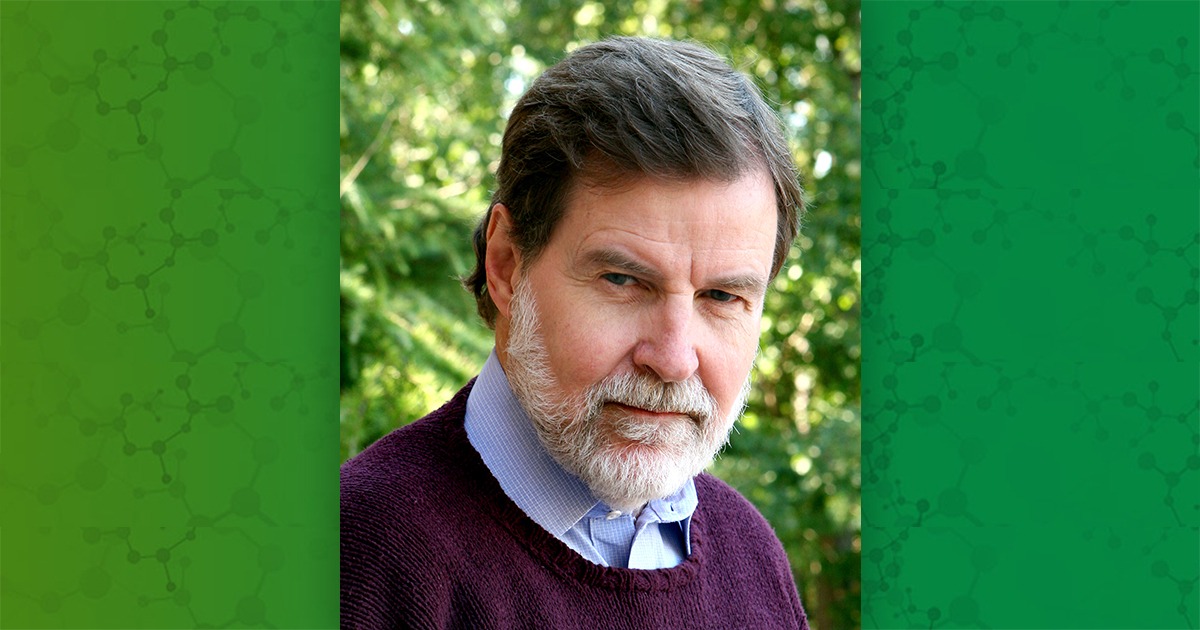It’s a testament to the impact Sam Wilson, M.D., had on the field of environmental mutagenesis that scientists from around the world convened a day-long meeting to celebrate the influence of his research.
NIEHS was well represented at the 13th International Conference on Environmental Mutagens and 53rd Annual Meeting of the Environmental Mutagenesis and Genomics Society (EMGS) in Ottawa, Canada Aug. 27 – Sept. 1. The institute was also a diamond level sponsor of the conference.
“Sam was an outstanding researcher and was foundational to the field of environmental mutagenesis,” said Scott Auerbach, Ph.D., from the NIEHS Division of Translational Toxicology. “He was one of the fathers of that field. There was lot of celebration of Sam at the pre-session of the meeting. He left behind quite the legacy and influenced a tremendous number of trainees who went on to achieve great career success.”
The field of environmental mutagenesis and genomics examines why and how environmental toxins or stressors cause cells in the body to develop DNA mutations. The field has progressed greatly in the 50 years since Wilson first donned his lab coat, primarily because of technological advances and increased scientific understanding.
“People are standing on the shoulders of giants, like Sam, when they create the next generation of technology to understand how chemicals contribute to disease,” Auerbach said.
Continuing the work
Former NIEHS postdoc Joonas Jämsén, Ph.D., currently with the University of Arkansas for Medical Sciences (UAMS), presented research he conducted while one of Wilson’s mentees.
 “I learned so much from him in terms of science and how to do research, but also how to be a mentor and a good scientist,” Jämsén said of Wilson. (Photo courtesy of Steve McCaw / NIEHS)
“I learned so much from him in terms of science and how to do research, but also how to be a mentor and a good scientist,” Jämsén said of Wilson. (Photo courtesy of Steve McCaw / NIEHS)Polymerase lambda, an enzyme involved in DNA repair, has been historically difficult to study. In Wilson’s lab, Jämsén helped to develop a technique using timelapse crystallography to visualize the structures that determine polymerase lambda’s function. Slowing down the activity of polymerase lambda, which normally works at nanosecond speed, enabled the scientists to learn how the enzyme plays an important role in genome stability and instability.
“The results helped us understand how polymerases work and how DNA polymerase lambda contributes to environmental mutagenesis in DNA repair since it takes part in DNA repair pathways that respond to damage from exposure to environmental agents,” Jämsén explained.
Jämsén is a recipient of a National Institutes of Health Pathway to Independence award, which enabled him to establish his lab at UAMS.
“I owe it all to Sam’s help,” he said. “I’m hoping to follow in Sam’s footsteps and uncover DNA repair mechanisms using a structural function approach.”
Jämsén’s lab will delve more deeply into DNA repair complexes and how polymerases work within them. Using a sophisticated technique called cryogenic electron microscopy, the lab will deconstruct DNA repair pathways to understand the role polymerases and mutagenesis play in oxidative stress and environmental impacts on human health.
Planning for edge cases
Auerbach also presented at the conference, noting that Wilson’s research on mutagens helped build the foundation for his own work in toxicoinformatics, a discipline that blends the science of toxicology with the tools of bioinformatics.
“One of the main types of chemical classes that drive environmental risk are things that modify DNA — mutagens,” Auerbach said. “Understanding how they do that and the patterns they produce enables us to track them from an epidemiological standpoint. We can follow their mutation signatures.”
 “The thing that is beautiful is the impact of somebody who was that bright of a scientist and that nice of a human being is going to shine for years to come,” Kunkel said about the legacy Wilson leaves behind. (Photo courtesy of Steve McCaw / NIEHS)
“The thing that is beautiful is the impact of somebody who was that bright of a scientist and that nice of a human being is going to shine for years to come,” Kunkel said about the legacy Wilson leaves behind. (Photo courtesy of Steve McCaw / NIEHS)Auerbach measures mutagenic changes at the molecular level, with the goal of identifying potentially harmful exposures to certain chemicals or drugs well before those issues manifest themselves at the biological level in the form of tumors and disease.
Occasionally, chemical testing or drug trials reveal no detectable biological effect in participants, leading to the greenlighting of substances thought to be safe that are not actually safe. Thalidomide, the anti-morning sickness drug administered to pregnant women in the 1950s and 1960s that caused severe birth defects, is an example Auerbach offered as an edge case.
Auerbach noted that new strategies known as error-corrected sequencing could help researchers find such edge cases and identify mutation signatures faster. The technique allows scientists to detect mutations in single cells before they expand to cause full-blown cancer.
“The idea is that every year when you go to the doctor, they could take a couple of blood or tissue samples, run error-corrected sampling, and see if there are any unique patterns,” Auerbach said. “Everyone sees this technology as really promising, not just for toxicology but also for cancer screening.”
Citation: Jämsén JA, Shock DD, Wilson SH. 2022. Watching right and wrong nucleotide insertion captures hidden polymerase fidelity checkpoints. Nat Commun 13(1):3193.
(Kelley Christensen is a contract writer and editor for the NIEHS Office of Communications and Public Liaison.)
Source link
factor.niehs.nih.gov


